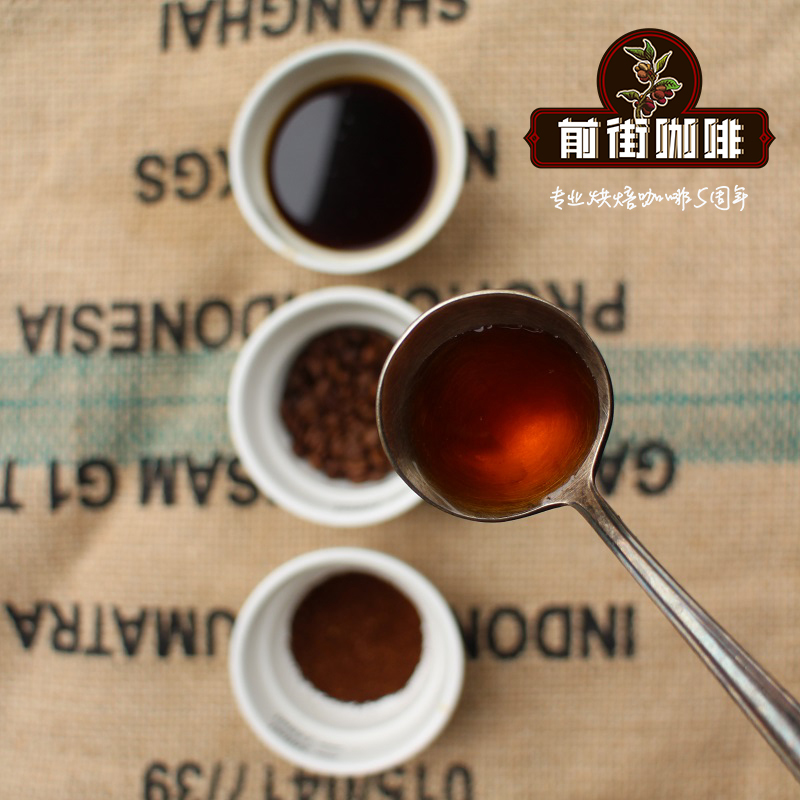What is the best coffee in Mexico? Characteristics of Mexican coffee how to drink Mexican hand-made coffee

Professional coffee knowledge exchange more coffee bean information please follow the coffee workshop (Wechat official account cafe_style)
Coffee first arrived in Mexico in the late 18th century and was introduced by Spanish settlers. The county produces a considerable amount of coffee these days, although its global status as a coffee producer has been greatly reduced due to the entry of non-traditional Arabica coffee producers, especially due to the loss of leaf rust caused by coffee crops. Although the country is one of the most important certified coffee exporters (organic and fair trade), significant progress has not been made in the professional market for quality. This is not because Mexico lacks the potential to produce quality products: the country has a large number of planting areas with pleasant height and climate, as well as hundreds of thousands of experienced, smaller farmers.
One problem for Mexico's coffee industry is to convince the government of its importance. In 1989, the Mexican Coffee Institute (INMECAFE)-which has tightly controlled most of the country's production since the 1970s-was suddenly dismantled, and President Carlos Salinas de Gortari accelerated neoliberal reforms in response to the demands of the World Bank and other international financial institutions. At the same time, the dissolution of the international coffee agreement and its quota suspension (hitherto permanent) have exposed producers to unprecedented price fluctuations and no safety net. Owing to the lack of access to credit, access to the market and little access to technical support, Mexican coffee producers (the vast majority of them on a small scale (10 hectares or less) find it difficult to afford the lowest production costs to ensure the livelihood of families. Even today, due to Mexico's lucrative sources of income (such as industry and manufacturing, oil, tourism and remittances), the government's efforts to promote the coffee industry are mainly limited to the accumulation of political leverage in rural areas.
It has not been easy for Mexican coffee farmers in recent years. Although rusty coffee leaves, known in Spanish as La Roya-began, extracted coffee production in most of Central America in 2013, the fungus did not reach southern Mexico until the following year. Coffee leaf rust went unnoticed a few years ago, but in the past few years it has been very difficult for coffee growers in the country-most of them small farmers-whose production has been greatly reduced.
The healthy Mexican coffee industry can produce about 6 million 60-kilogram bags a year. Recently, however, production has been much lower-but eventually showing signs of recovery. Production fell to 2.8 million bags in 2015, but rebounded to 3.1 million bags in 2016.
The southern state of Chiapas is helping to lead the revival. Chiapas, bordering Oaxaca and Guatemala, usually produces chocolate coffee, medium body and bright acidity. Although Chiapas has been hit hard by coffee leaf rust, the state has shown signs of a strong recovery and is now producing excellent coffee at higher yields. Here are some of the reasons for the renaissance:
Due to its proximity to Central America, Chiapas is the first coffee growing area in Mexico to be affected by coffee leaf rust. As a result, the region began to recover earlier than other states and is now restoring most of its strength in the market.
Leading farmers' cooperatives such as Triunfo Verde lead the distribution and input of disease-resistant coffee varieties as well as training in soil management and other agronomic best practices.
Social financiers such as Root Capital and Oikocredit have provided important long-term loans to farmers to renovate their coffee.
Chiapas has a strong coffee growing base. Since the state is Mexico's largest coffee producer, its growers are experienced, proactive and seize this opportunity for innovation.
Strong natural conditions-including dense jungles and vitamin-rich soil-also help speed up recovery.
Mexican caffeine is known for its light BODY and acidity, usually with nutty flavors and chocolate flavors.
Mexican coffee is classified by altitude and most of the country's coffee is used for blending and / or dark coffee. Mexico has grown coffee since the late 18th century, and most of the country's coffee now comes from the south of the country, where the continent narrows and bends eastward.
Qianjie Mexican Coffee recommends hand brewing parameters:
V60ap90 ℃ / 1 15 / time two minutes
Important Notice :
前街咖啡 FrontStreet Coffee has moved to new addredd:
FrontStreet Coffee Address: 315,Donghua East Road,GuangZhou
Tel:020 38364473
- Prev

How do you drink Mexican coffee? Introduction to the planting History of Mexican Coffee
Professional coffee knowledge exchange more coffee bean information please follow the coffee workshop (Wechat official account cafe_style) Mexico is one of the largest coffee producers in the world and the largest producer of organic coffee, accounting for 60% of the world's output in 2000. The vast majority of Mexican coffee, especially organic coffee, is grown by small farmers. The southernmost states of Chiapas and Oaxaca
- Next

What is the best coffee in Mexico? How do you drink Mexican coffee? Mexican coffee brand
For more information on coffee beans, please follow the coffee workshop (Wechat official account cafe_style) Coffee cultivation history in Mexico. Spanish settlers were the first people to bring coffee to Mexico in the 18th century, first growing coffee in the fertile highlands of the south. Over the years, production has been dominated by a small number of land tycoons. After the land reform after the revolution of 1920,
Related
- Detailed explanation of Jadeite planting Land in Panamanian Jadeite Manor introduction to the grading system of Jadeite competitive bidding, Red bid, Green bid and Rose Summer
- Story of Coffee planting in Brenka region of Costa Rica Stonehenge Manor anaerobic heavy honey treatment of flavor mouth
- What's on the barrel of Blue Mountain Coffee beans?
- Can American coffee also pull flowers? How to use hot American style to pull out a good-looking pattern?
- Can you make a cold extract with coffee beans? What is the right proportion for cold-extracted coffee formula?
- Indonesian PWN Gold Mandrine Coffee Origin Features Flavor How to Chong? Mandolin coffee is American.
- A brief introduction to the flavor characteristics of Brazilian yellow bourbon coffee beans
- What is the effect of different water quality on the flavor of cold-extracted coffee? What kind of water is best for brewing coffee?
- Why do you think of Rose Summer whenever you mention Panamanian coffee?
- Introduction to the characteristics of authentic blue mountain coffee bean producing areas? What is the CIB Coffee Authority in Jamaica?

